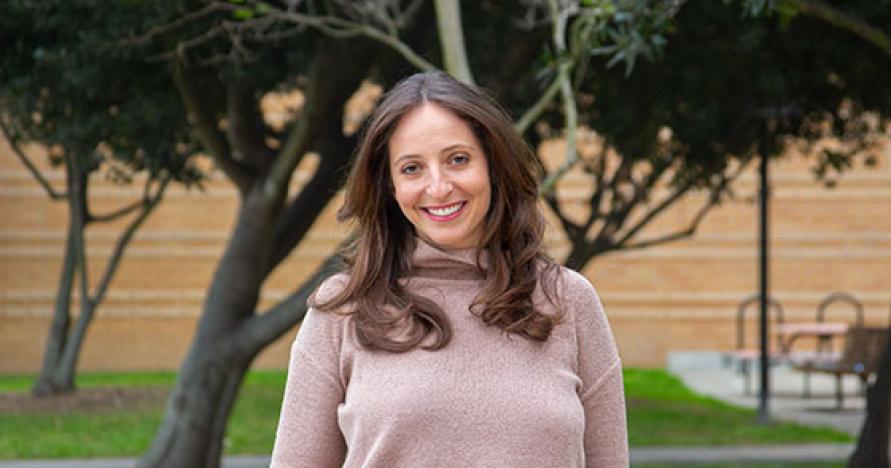
Thursday, February 17, 2022, 4-5 PM PST
A link to the event Zoom registration: (https://uci.zoom.us/webinar/register/WN_J5vVEvmDSWy-s0n9HJJYRA)
The STEM fields at UCI, including fields like chemistry and physics that feed directly into medical fields, have struggled to maintain an adequate representation of underrepresented minority groups. Minority groups, including women, AAPI, Hispanic/Latinx, American Indian, and Black/African American, are underrepresented at the undergraduate, graduate, and faculty levels. The lack of representation in the STEM Fields at UCI poses an existential risk to future medical professionals of color because some chemistry and physics majors later pursue medicine. Thus, barriers in the School of Physical Sciences have the potential to translate directly to barriers of entry into the medical profession (and related fields). The lack of diversity in the medical field needs to be addressed. Studies show that health outcomes for communities most in need improve when people are treated by those within their same communities. Having a medical professional from one’s own community may help when confirming or disconfirming evidence in favor of a medical conclusion.
Institutional barriers to career advancement can be the product of ingrained cultural norms within an organization. Some theorists suggest looking at structural patterns and assumptions throughout various parts of the organizational structure. To uncover behaviors and bring about a normative shift in an institution, Goldstein began designing a mixed quantitative and qualitative study. The study will assess how students' racial or gender identity could impact the way one is treated. The aim is to evaluate interpersonal relationships between students and faculty and to compile data on the current racial and gender structural patterns within the School as well.
In this talk, Goldstein will discuss some theories to change structural barriers and progress on her current study.
